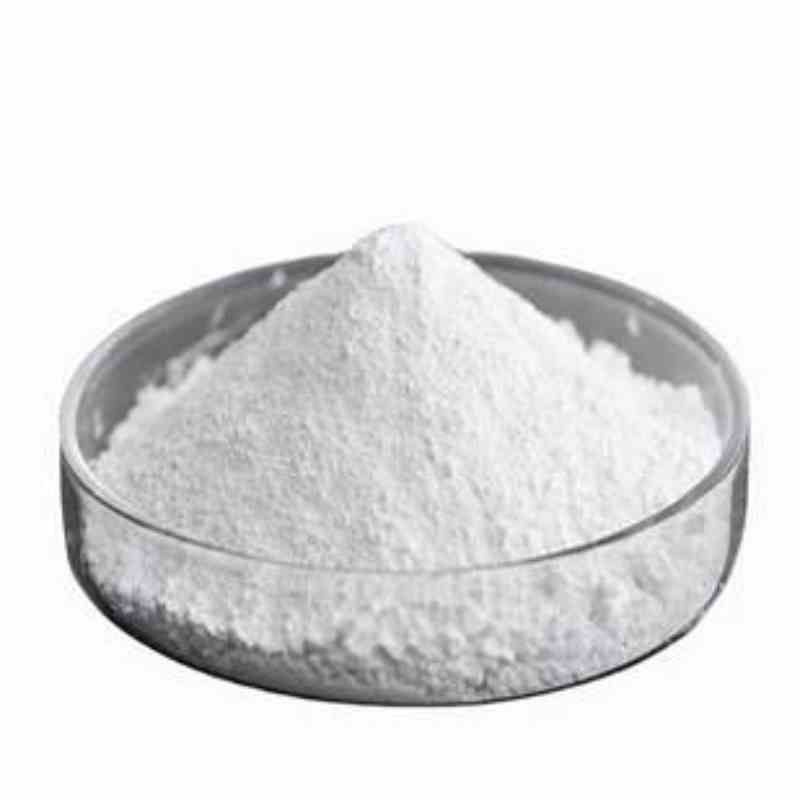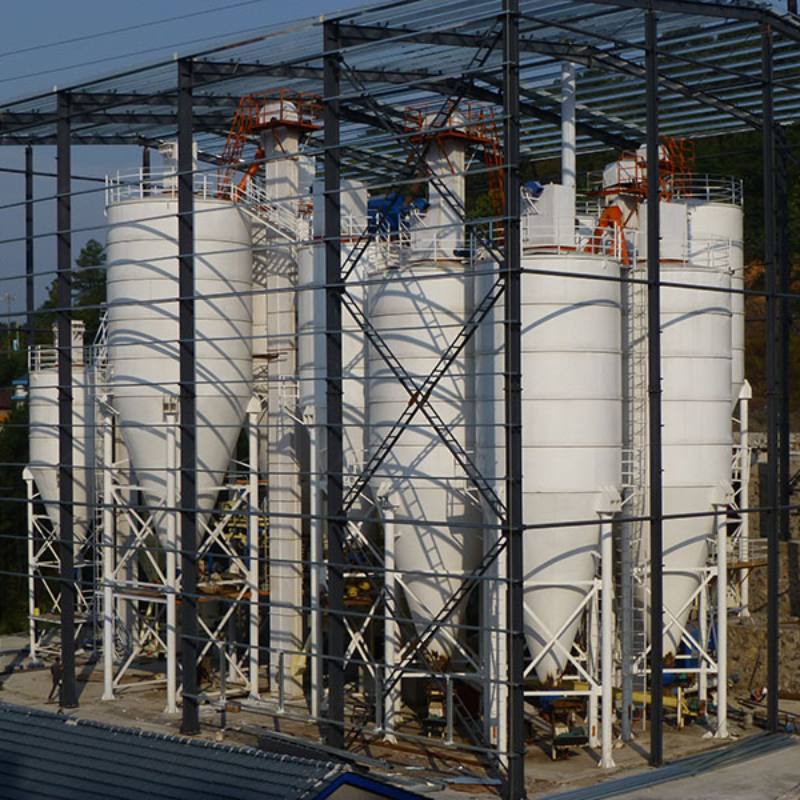
The production process and application fields of calcium hydroxide
![氢氧化钙磨粉机Calcium h]] Calcium hydroxide grinding machine](https://www.lime-slaker.net/wp-content/uploads/2025/04/氢氧化钙磨粉机Calcium-hydroxide-grinding-machine.webp)

Calcium hydroxide, also known as slaked lime or hydrated lime, is a common chemical that is widely used in multiple fields. Its main raw material is limestone (mainly composed of calcium carbonate CaCO3), which decomposes into calcium oxide (CaO) through the calcination process. Then, water is added for digestion, and finally calcium hydroxide Ca(OH)2 is produced.
The production of calcium oxide is mainly accomplished through the high-temperature calcination process of limestone. The main equipment in this process includes lime kilns (such as vertical kilns, rotary kilns, etc.), which are used to heat limestone to over 900℃, causing it to decompose and produce calcium oxide and carbon dioxide. Temperature control is extremely crucial in this process, as the complete decomposition of limestone needs to take place within a certain temperature range to ensure product quality.
The quality requirements for raw materials of calcium hydroxide mainly focus on the purity of limestone. Limestone is generally light gray or dark gray, and its color often changes when it contains more impurities. Its chemical composition is calcium carbonate (CaCO3), theoretically consisting of 56.04% CaO and 43.96% CO2. High-purity limestone can reduce the introduction of impurities and improve the quality of calcium hydroxide. In addition, temperature control and time during the calcination process are also important factors affecting product quality.
In terms of product quality, the purity, activity and particle size of calcium oxide are all important quality indicators. High-purity calcium oxide has a wider range of applications. Its activity level affects its efficiency in various chemical reactions, and the particle size influences its applicability in different applications. Therefore, precisely controlling the calcination temperature, time and subsequent processing procedures during the production process is of vital importance for the production of high-quality calcium oxide.
The process of producing calcium hydroxide mainly includes the calcination of limestone, the digestion of calcium oxide, the molding and drying of calcium hydroxide, as well as powder selection and other steps. In this process, the main equipment used includes calcination kilns, digesters, separation equipment, conveying equipment, etc. Special attention should be paid in production to temperature control, the digestion ratio of raw materials and the uniformity of mixing, as these factors directly affect the quality and output of the product.
Calcium hydroxide has applications in multiple fields, such as flue gas treatment (flue gas desulfurization), building materials (preparation of mortar and concrete), water treatment (water softening and pH value adjustment), agriculture (soil conditioner), food processing (pH value regulator), etc. Its application has brought about remarkable effects, such as enhancing the stability and durability of building materials, improving water quality, reducing air pollution, promoting the growth of crops, ensuring food safety, etc. At the same time, it has also brought economic benefits to related industries.
China has accumulated profound technical expertise and extensive practical experience in the production and application of calcium hydroxide. It has been making continuous progress in improving product quality and production efficiency, providing high-quality products for domestic and international markets.


